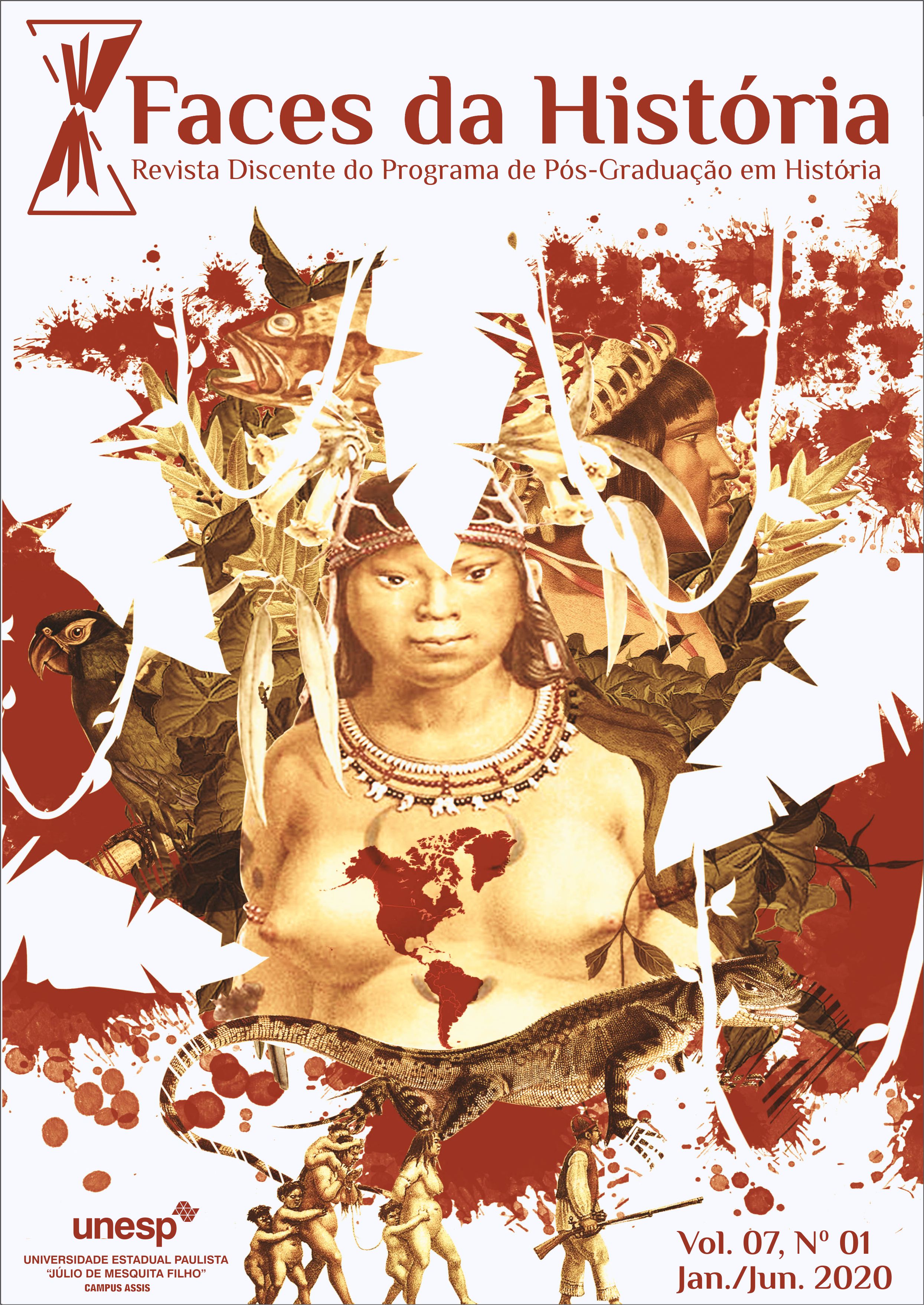The The “land where there was only day, night did not exist”
appropriation of an indigenous idea in the poem Martim Cererê by Cassiano Ricardo
Keywords:
literature, representation, indigenous, appropriation, modernismAbstract
When we consider that the appropriation of the indigenous as a symbol of nationality in literature was articulated in two phases - the first, romantic, and the second, modernist - we will see, in this article, the ways in which Cassiano Ricardo in his poem Martim Cererê (1927) incorporated the indigenous in his poetic work through a mixture of romantic and modernist representations. In order to discuss this issue, we will use the concept of appropriation developed by Roger Chartier (2002). This concept will help us to understand the representations elaborated by Cassiano Ricardo throughout the first six editions of that poem. Using the thought of Henrique Dussel (1993) to understand the poem on screen, we will see, throughout this study, that; by appropriating the indigenous as a racial element to think about Brazilian identity, Cassiano Ricardo reproduced the process of “covering up the Other” - symbol of Modernity - pointed out by the Argentine thinker. Based on this proposal, we intend to recover the history of the ways in which the indigenous person was represented in the literary narrative found in the poem Martim Cererê.
Published
How to Cite
Issue
Section
License
Autores que publicam na Revista Faces da História concordam com a cessão dos direitos autorais dos manuscritos, processo simultaneamente licenciado sob a Licença Creative Commons Attribution (CC-BY-NC), que permite o compartilhamento do trabalho com reconhecimento da autoria e publicação inicial nesta revista. Dessa forma, a Revista Faces da História pode difundir os artigos e trabalhos publicados, em formatos físicos e/ou eletrônicos, incluindo Internet.




